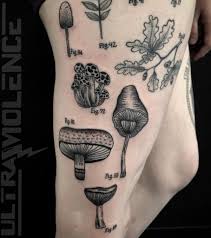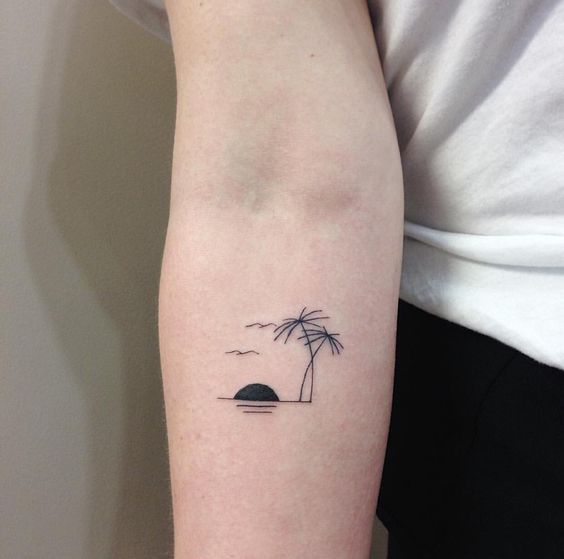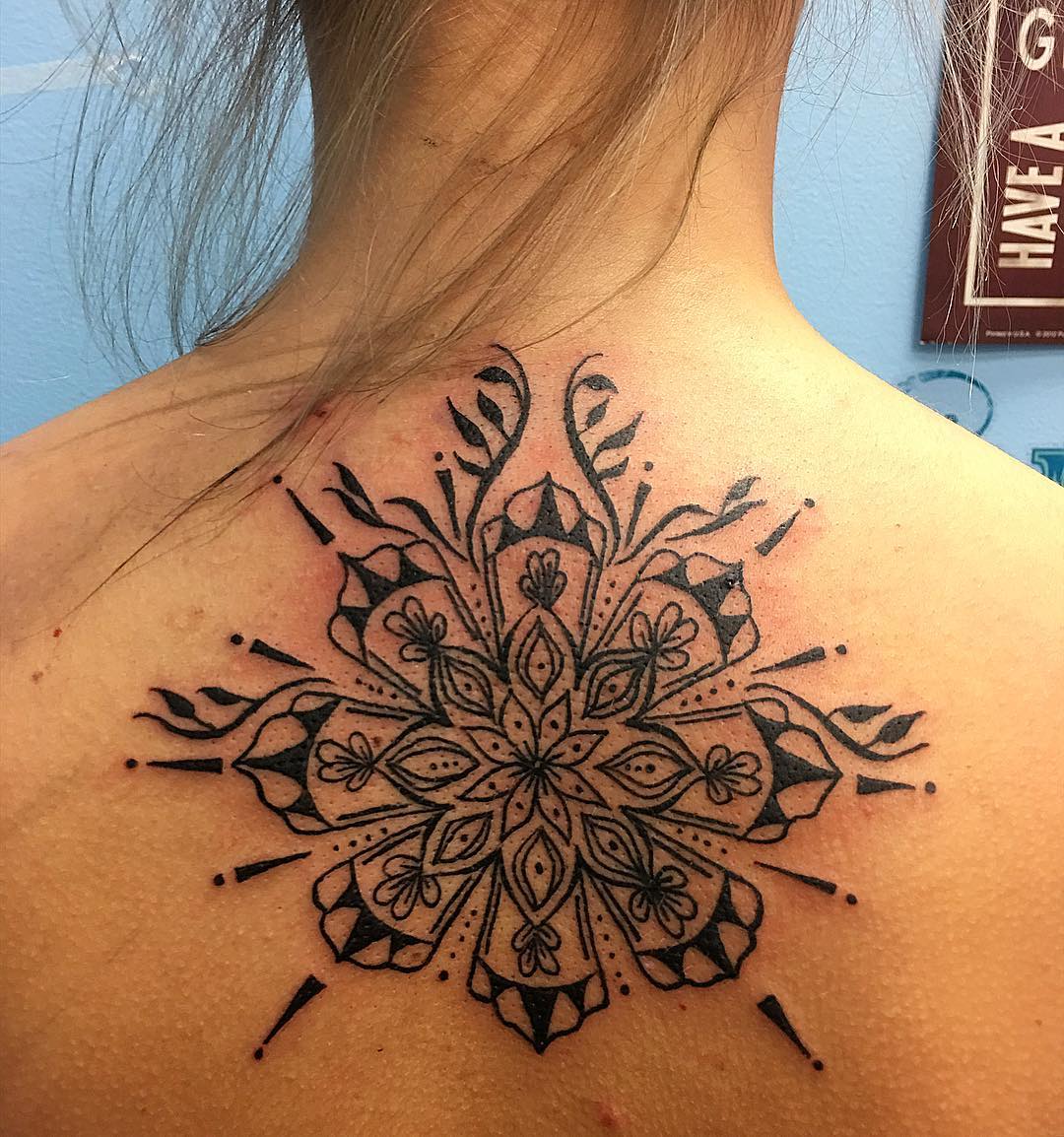
As with any tattoo procedure, getting inked may result in discomfort; how bad this hurts depends entirely on how your body processes pain. Factors that influence how much pain you’ll feel include where on your body you get the tattoo, its style, and who the artist is, but there are things you can do before your session to reduce its sting.
Burning Pain
Tattoos can be very painful, with some experiencing sharp pains while others feel dull aches. Your tattoo experience depends on where and what size needles are used and the artist’s technique. Larger designs with plenty of shading or intricate detail may cause more discomfort than smaller tattoos. Tattooing itself may cause a burning sensation due to an allergic reaction, skin condition, and needles. Cool water may help soothe an itching tattoo by running over it until it feels better; however, cold compresses should be used cautiously as this could irritate and damage it further. Tattoo pain most frequently appears in the ribs, hips, feet, ankles, and necks due to having more nerve endings and less fat than other body parts.
Stinging Pain
Any tattoo will hurt, though its intensity depends on your body and where it is applied. Smaller tattoos on fleshier areas (such as the ribs) typically experience less discomfort than larger tattoos on bonier surfaces such as kneecaps or elbows. Tattoo ink and needles can irritate the skin if not used correctly; thus, aftercare procedures must be undertaken to prevent discomfort or burning in your new tattoo. Infections, allergic reactions, overexposure to sunlight, chemical irritation, or over-exertion could all be causes for pain in a tattooed area and result in stinging or burning sensations in its vicinity.
Sharp Pain
Pain is an integral component of getting tattooed, and there are various kinds of discomfort, from burning to stinging, that you will likely feel during this journey. Sharp pains can be among the most intense to experience, similar to when stung by a bee. They’re most prevalent on delicate body parts or near bones with insufficient muscle cushioning them from pain. An expertly placed tattoo may seem counterintuitive, but it reduces pain by stimulating endorphin production within your body, suppressing nerve endings that register discomfort, and may help with healing afterward. To reduce discomfort during a session, make sure you get plenty of restful sleep, eat healthy before your session, take it easy during and after that, take lots of breaks while having it done, watch television, or interact with the artist while getting it done. These activities are surefire ways to lessen its intensity!
Discomfort
Tattooing is often associated with discomfort. How much this hurts depends on various factors, such as personal pain tolerance, where on your body the tattoo will be placed, its style, and the artist you work with. Large tattoos that feature intricate designs may cause extreme pain as the needle repeatedly pierces your skin. Areas with thin skin are especially likely to experience intense discomfort as their nerve endings can be more sensitive to being pinched and pinged by needles. Try not drinking on the night prior and resting well; eating breakfast and staying hydrated also helps; distraction techniques such as meditation can also effectively manage pain during tattoo appointments.

